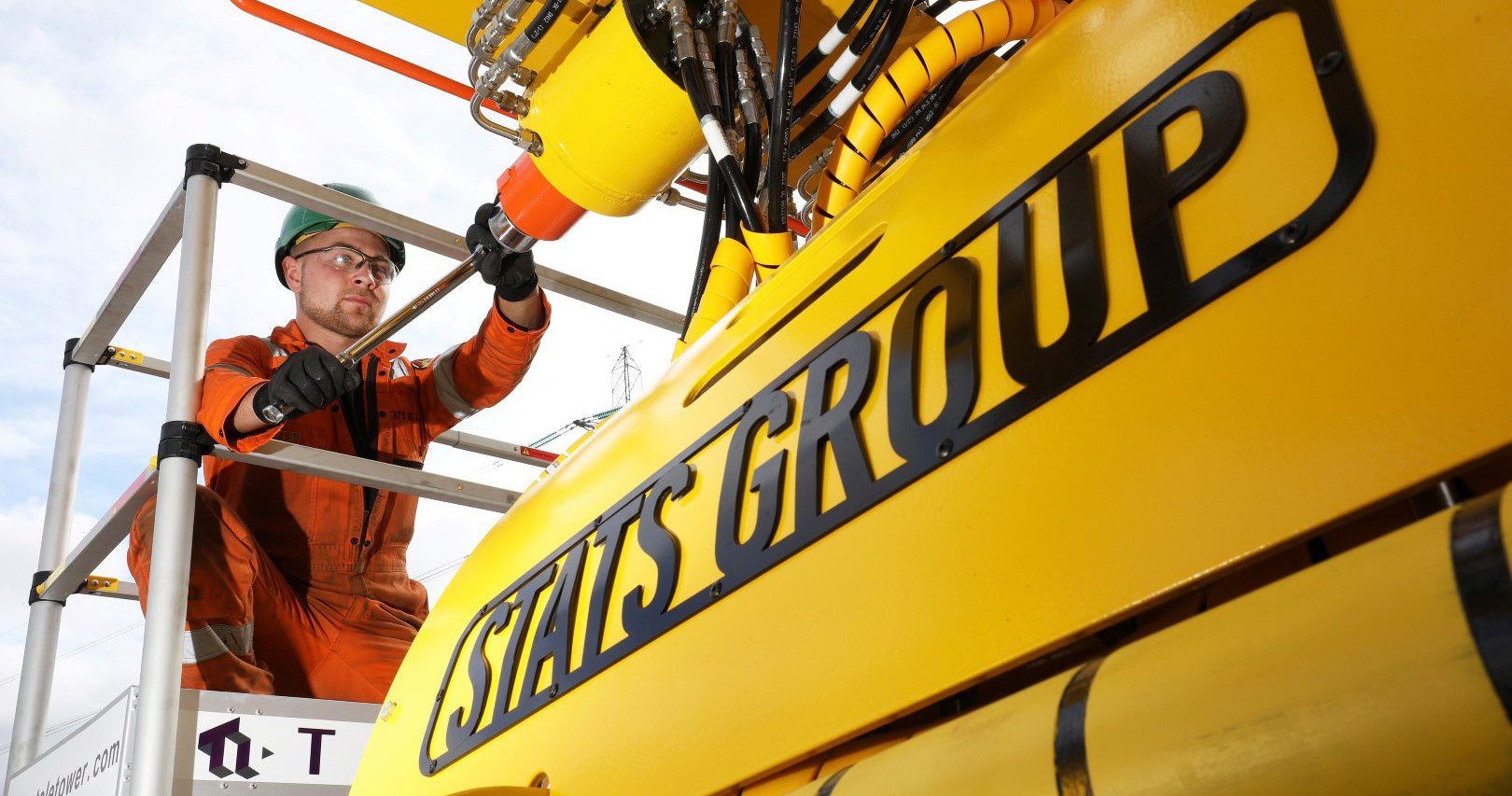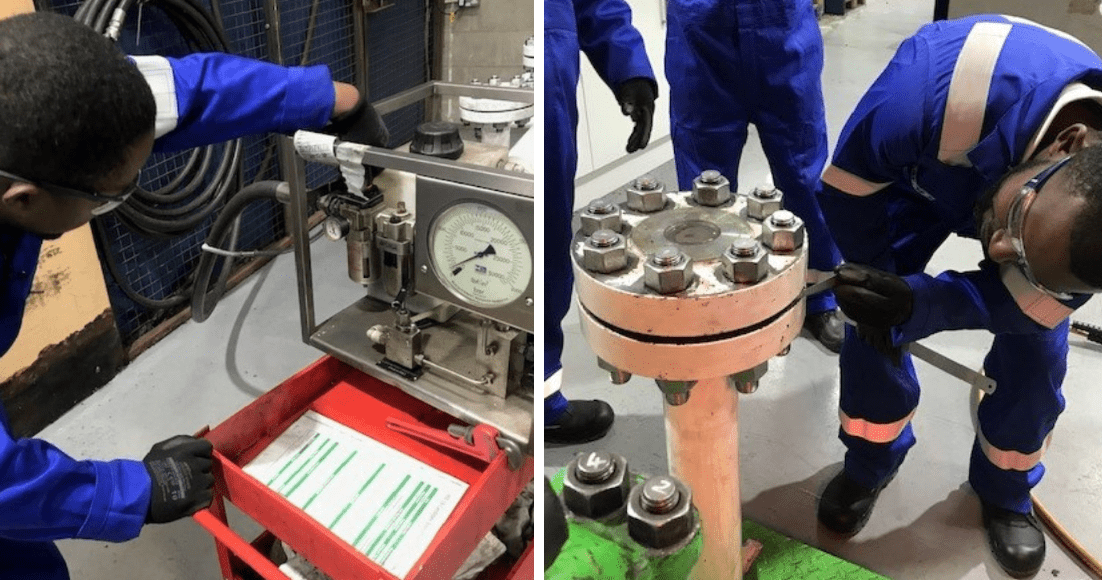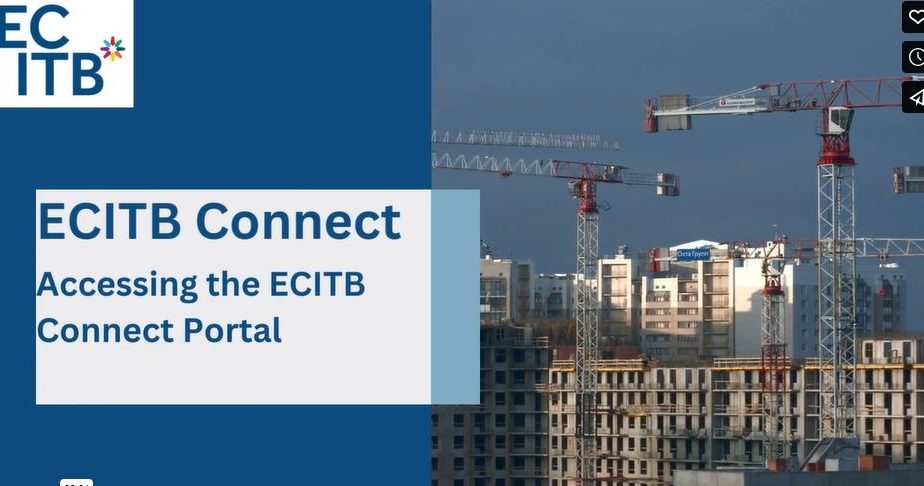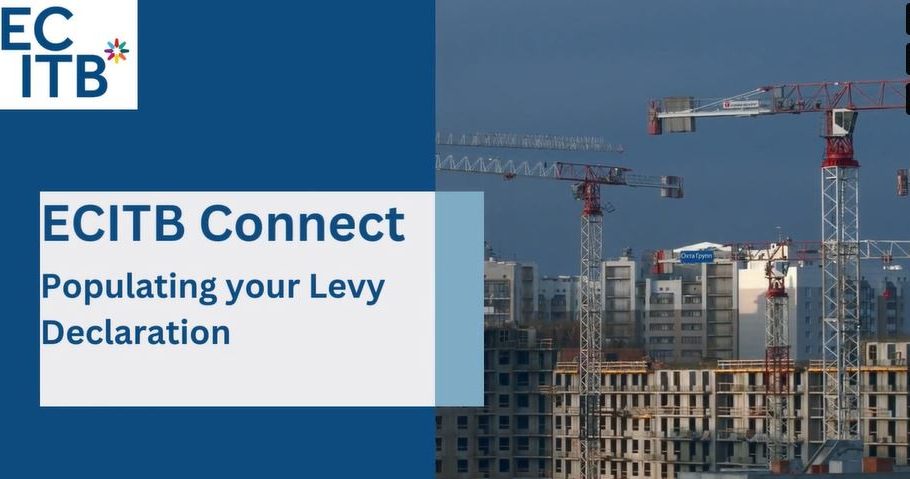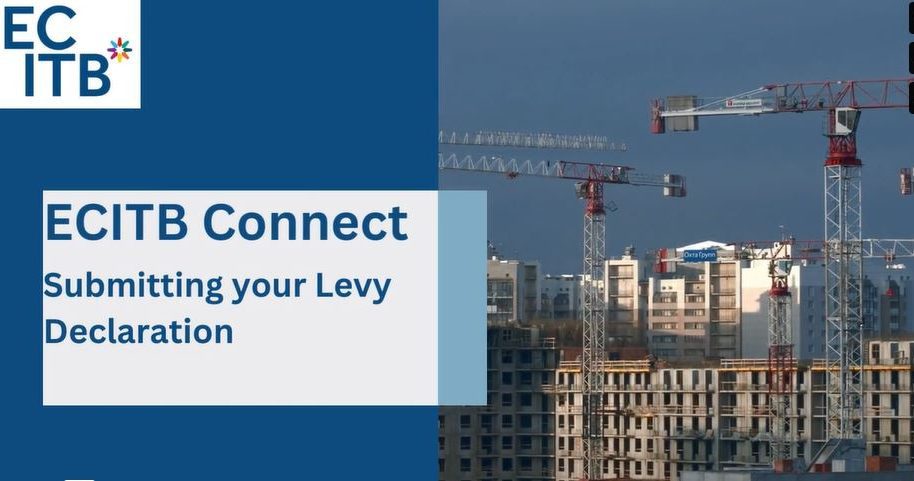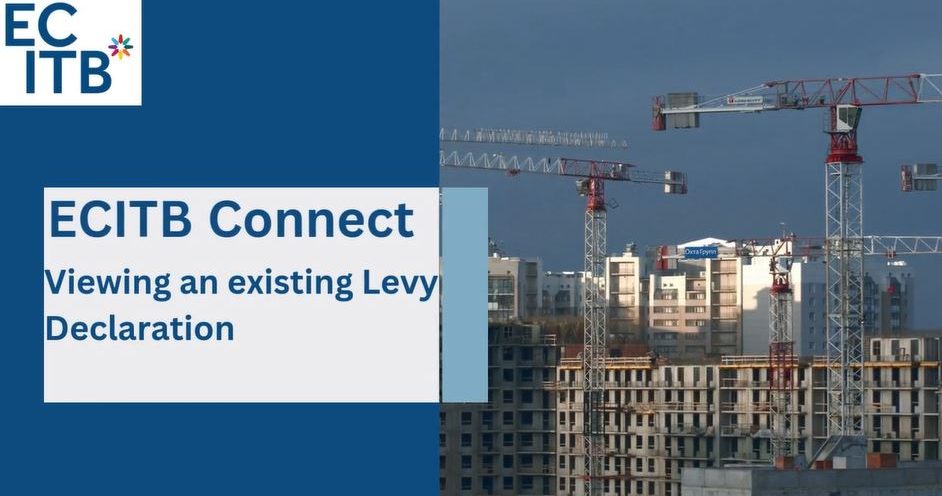Supports employers to train, upskill and qualify their people
Shares the cost of training to drive up standards across the whole industry
Ensures specialist trades get the training provision they need
Supports employers to take on new entrants
Delivers campaigns to attract new entrants into the industry
Ensures investment in skills and training is maintained during the peaks and troughs of industry output
About the ECITB Industrial Training Levy
All establishments operated by employers, which are wholly or mainly engaged in engineering construction activities, are registered with the ECITB and annually assessed for industrial training levy.
If employers operate ‘in-scope’ establishments over a certain size, they are required by law to pay industrial training levy to the ECITB. All employers operating in-scope establishments, regardless of size, are eligible to receive grants for training undertaken by their workers.
Details of the engineering construction activities that fall within scope of the ECITB are contained in the Statutory Levy Declaration Guidance.
Employer view: How levy and grant system is helping industry
The ECITB was set up to address the market failure in training that affects the engineering construction industry (ECI) due to the contractual way that it operates. We address this market failure through our levy and grant system, which is used to drive up skill levels and incentivise training that would otherwise not take place. Find out more about how the work of the ECITB is helping in-scope ECI employers.
2025 Levy Consensus
Every three years, the ECITB is required by law to consult on levy rates for the following three-year period. The next consultation (levy consensus) will take place in October 2025. This ties in with the timetable for creating the ECITB’s revised strategy (2026-2030).
Support for the levy proposals will enable the ECITB to deliver the next strategy – attracting and developing new entrants, as well as upskilling and reskilling the existing workforce. Shaped by feedback from employers and the wider industry, it will also look to address some of the key structural skills challenges facing the industry over the next five years including those highlighted by the ITB review.
How the levy consultation will work
All levy paying employers are invited to participate in the formal consultation process on the Board’s levy proposals. The process for employers to vote on the proposals depends on whether they are represented by the recognised employer organisations (ECIA and BCECA).
Process for members of ECIA or BCECA
Just under half of levy-paying employers are members of ECIA or BCECA. These associations will consult with relevant employers (not all of their members will be in-scope to the ECITB). Each association will contact its levy-paying members to explain how they may participate in the consultation in accordance with their processes.
Process for levy payers not represented by ECIA or BCECA
The ECITB will present the levy proposals and the new strategy at a series of Regional Forums throughout October (see dates below). At each meeting, ‘unrepresented’ levy paying employers from that region will be asked to vote on the levy proposals.
| Date | Regional forums |
| 07/10/2025 | North West voting forum |
| 07/10/2025 | South voting forum |
| 08/10/2025 | Yorkshire & Humber voting forum |
| 09/10/2025 | North East voting forum |
| 14/10/2025 | Midlands voting forum |
| 16/10/2025 | Wales voting forum |
| 21/10/2025 | East of England voting forum |
| 22/10/2025 | Scotland Central voting forum |
| 30/10/2025 | Scotland North voting forum |
Invites to regional forums and voting
The ECITB’s Relationship Managers will contact levy paying employers to invite them to the regional forums at the end of July.
You can register your interest to attend the regional forums by emailing: info.rm@ecitb.org.uk
Employers who are unable to attend the meeting can record their views via a voting form which will be sent out in October from levyconsultation@ecitb.org.uk.
The consultation period will end on 31st October 2025.

The Statutory Levy Declaration
In-scope employers working in Great Britain or its offshore waters are required by law to make an annual Levy Declaration containing information about their workforce (full-time and part-time employees, as well as any labour-only contractors). This includes details of the establishment’s total labour payments during the base period (6th April to 5th April).
Employer annual declarations are made via the ECITB online portal.
The employer’s total annual labour payments form the basis of the calculation of any training levy which is due.
Employers must declare the total number of full and part-time employees working in Great Britain during the year ending 5 April, and their total gross emoluments.
Employers must also declare all full and part-time persons working under labour-only agreements or arrangements during the year ending 5 April and the total payments made, provided that such individuals were mainly working in Great Britain.
To ensure that levy is not paid twice for the same workers, if an employer hires out its workers to other registered establishments in Great Britain, the payments received (labour-only receipts) may be taken into account when calculating the amount of levy due.
Employers wishing to declare any labour-only receipts should complete the relevant declaration section in the online portal and also upload the supporting documentation required.
The ECITB Statutory Levy Declaration Guidance contains more detail on this including about employee wages, labour-only contractor payments and labour-only contractor arrangements.
Statutory Levy Declaration Guidance
This guidance for employers includes:
- The application of the regulations underpinning the levy
- Completion of the annual Statutory Levy Declaration
- Using the ECITB’s online portal service
- Levy appeals
Statutory Levy Declaration Guidance Notes
You can also contact the ECITB Levy Team by email:
Legislation
Three pieces of legislation govern the operations of the ECITB:
The Industrial Training Act 1982 which sets out the purposes and powers of Industrial Training Boards:
The Industrial Training Levy (Engineering Construction Board) Order [the Levy Order]. This is passed periodically and outlines how levies should be raised.
The Industrial Training (Engineering Construction Board) Order 1991 which defines the activities of the engineering construction industry:
ECITB Industrial Training Levy FAQs
How is the training levy calculated, what are the ECITB levy rates, and who is exempt?
The industrial training levy is calculated by applying the appropriate levy rate to the employer’s total annual labour payments.
For employees and labour-only contractors who mainly work on sites in Great Britain or its offshore waters, the training levy is 1.2% of the total payments to employees and labour-only contractors during the base period 6 April to 5 April.
If the total payments, including salaries and other allowances, are less than £275,000 then no training levy is payable in respect of site-based workers.
For all other employees and labour-only contractors mainly working in Great Britain, the training levy is 0.33% of the total payments to employees and labour-only contractors during the base period 6 April to 5 April.
If these total payments, including salaries and other allowances, are less than £1,000,000 then no training levy is payable in respect of all other workers.
How do I pay the ECITB training levy?
The ECITB training levy must be paid within one month of the demand for payment and in one instalment. ECITB grants and services may be withheld where payment of the levy is overdue.
Employers will be notified by email when their online declaration forms are available for completion, together with details of the date by which completed declarations must be submitted.
The levy calculated in the manner described above is payable in January of the following year when employers receive a demand for payment.
What’s the difference between the ECITB levy and the apprenticeship levy?
The ECITB Industrial Training Levy is specific to the engineering construction industry. In consultation with industry, the ECITB determines how the money is invested in a wide range of training and other projects to underpin skills development.
Employers with a pay bill of over £3m per fiscal year relating to employed labour have been required to pay the Apprenticeship Levy since April 2017. This levy is used to fund apprenticeship training.
The Apprenticeship Levy applies to all UK employers but is accessed in different ways.
England employers manage their Apprenticeship Levy through a digital apprenticeship account.
The administrative arrangements for apprenticeship funding for Scotland, Wales and Northern Ireland employers are handled by the relevant devolved government via their own specific routes and bodies. They receive funding from HM Treasury as part of their overall allocation for that nation.
More information about the Apprenticeship Levy
Training levy video tutorials
Watch our video tutorials on how to access the online portal and submit your ECITB levy declaration
Sign up for updates
Your information will be used to subscribe you to our e-newsletter.
For more information, please see our Privacy Notice.




